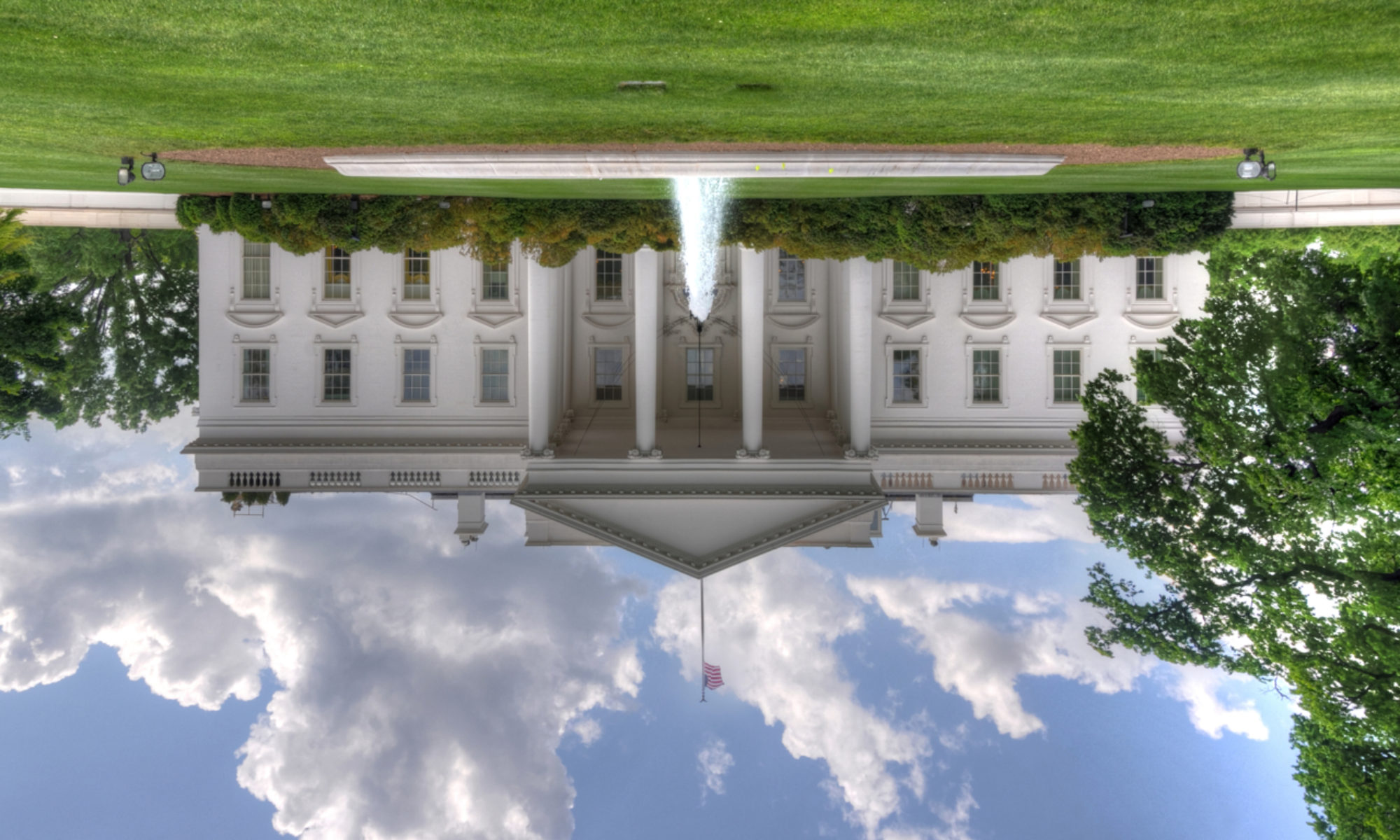A new and provocative book by Michael Wolff, Fire and Fury: Inside Trump’s White House, is due out next week. Chronicling Donald Trump’s first year in the White House, the book’s content and expository style paint a vivid picture of a Trump Administration that is corrupt at worst, and inept and unequipped at best.
Wolff claims to have gathered much of the material in his book as a result of his access to former key figures in the Trump administration, most notably, former White House Chief Strategist Steve Bannon. Bannon had at one time been considered to be close to the President, but was ultimately pressured to leave his post. So far, Bannon has neither denied nor confirmed the damning commentary Wolff purports Bannon has made about the Trumps and the Administration.
Amid both the indignation (if you’re a Trump supporter) and the fascination (if you’re not a Trump supporter), lingers a question (speaking of former key staffers): Why has the Trump administration seen so many staff departures in such a short time?
The following White House staff have either resigned or been fired during the first year of the Trump presidency:
- Sally Yates, then acting Attorney General (January 30, 2017)
- Michael Flynn, National Security Advisor (February 13, 2017)
- Angella Reid, Chief Usher (May 5, 2017)
- James Comey, FBI Director (May 9, 2017)
- Mike Dubke, Communications Director (May 18, 2017)
- Walter Shaub, Director of Office of Government Ethics (July 6, 2017)
- Sean Spicer, White House Press Secretary (July 21, 2017)
- Michael Short, Senior Assistant Press Secretary (July 25, 2017)
- Reince Priebus, White House Chief of Staff (July 28, 2017)
- Anthony Scaramucci, Communications Director (July 31, 2017)
- Steve Bannon, Chief Strategist (August 18, 2017)
- Sebastian Gorka, Counterterrorism Adviser (August 25, 2017)
- Tom Price, Health and Human Services Secretary (September 29, 2017)
- Dina Powell, Deputy National Security Advisor (December 8, 2017)
- Omarosa Manigault Newman, White House Office of Public Liaison (December 13, 2017)
Some see the short tenure of so many White House staffers as an indicator of dysfunction within the Administration. Others consider it a sign that Trump himself simply made poor or uninformed choices.
Many staunch Trump supporters, such as former White House Communications Director Anthony Scaramucci, who himself lasted in the Administration just 11 days, assert that the relatively large turnover of key staff is all in the day’s work of a tightly run business.
Credible or not, Fire and Fury has ignited many of the topics that are dominating current news and raising new questions about the health of the Trump White House, including speculation about Trump’s fitness for office; proclamations about the integrity of Steve Bannon, among others; more intense questions about collusion between Russia and the Trump family; and observations of infighting among Trump staffers.
It will be nearly impossible to “unsee” what we’ve now seen as a result of Wolff’s book, no matter what we believe about the Trump Administration or those who have surrounded him.
Scaramucci Defends Trump, Bashes Steve Bannon (Full Interview) | CNN [2017-01-04]
Steve Bannon Goes Rogue on the Trump White House | Fox News [2018-01-03]
Below is Sarah Sanders’ most recent White House press briefing, where she addresses questions related to content in Fire and Fury: Inside Trump’s White House.
Sarah Huckabee Sanders White House Press Briefing | Right Side Broadcasting Network [2017-01-03]

